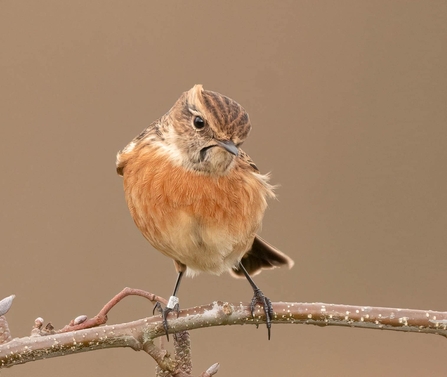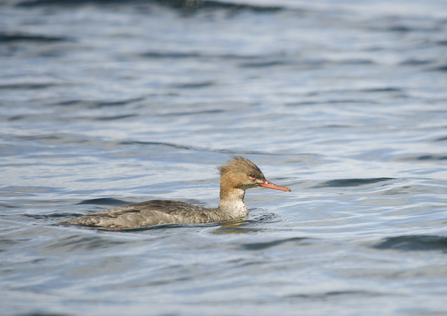From impressive gatherings of winter ducks to busy songbirds adding colour to the frosty trees, there was so much to see in December.
Mere Sands Wood
Mere Sands Wood is just as wonderful for winter walks as autumn ambles, with plenty of birds and fungi to spot. In December, the lakeside hides were still the best places to see kingfishers as they perched on nearby tree branches. The great white egret stuck around and was seen feeding amongst the reeds alongside little egrets. One delighted visitor even spotted a mandarin duck adding some exotic flair to the reserve.
Not all of the action takes place on the lakes though. Make sure you take a moment to enjoy the songbirds flitting to and from the bird feeders and feeding tables – bullfinches, long-tailed tits and dunnocks all visited them regularly last month.



